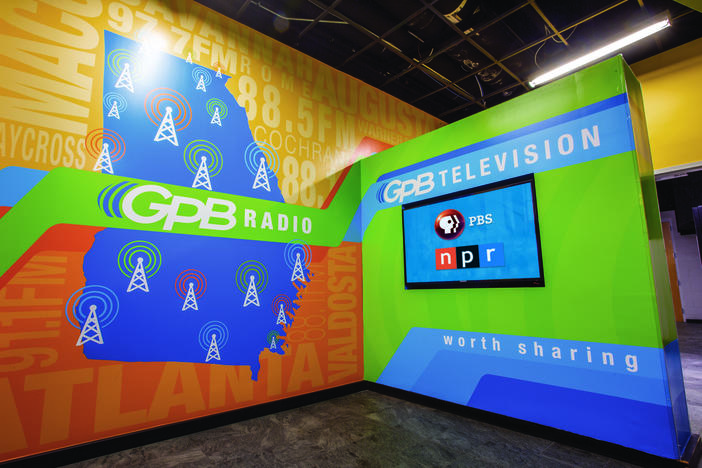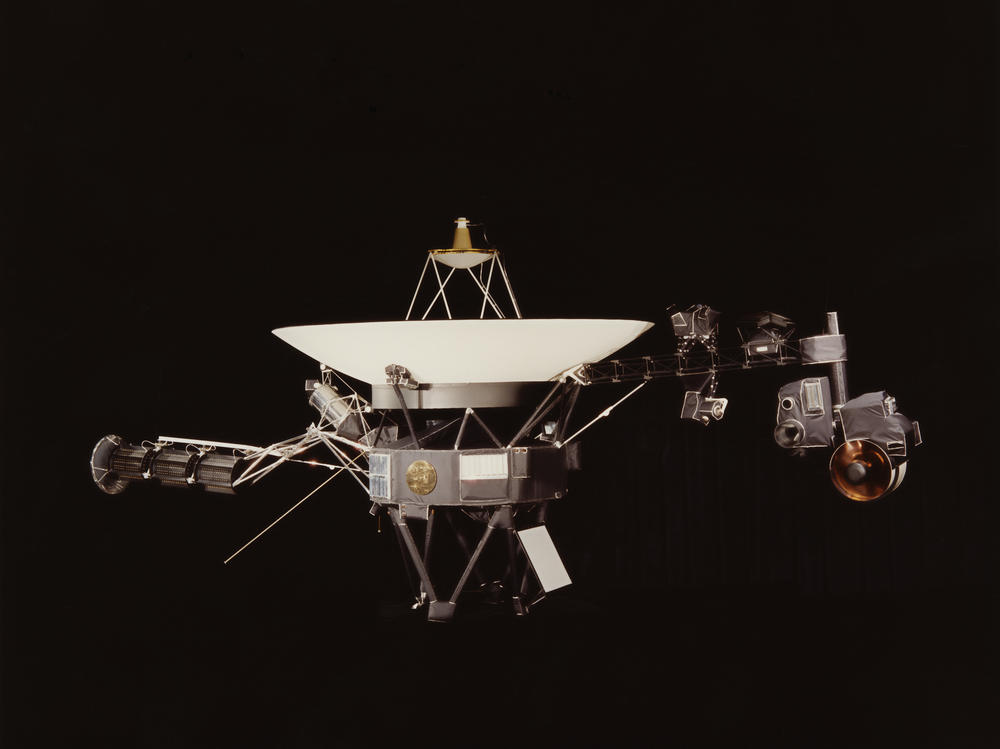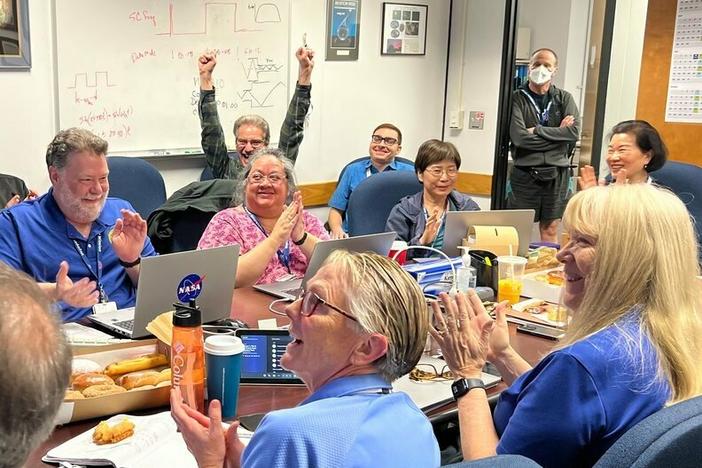Section Branding
Header Content
After a 12.3-billion-mile 'shout,' NASA regains full contact with Voyager 2
Primary Content
Updated August 4, 2023 at 6:04 PM ET
Talk about a long-distance call.
NASA said it resumed full communications with the Voyager 2 on Friday after almost two weeks of silence from the interstellar spacecraft.
The agency's Jet Propulsion Laboratory said a series of ground antennas, part of the Deep Space Network, registered a carrier signal from Voyager 2 on Tuesday. However, the signal was too faint.
A Deep Space Network facility in Australia then sent "the equivalent of an interstellar 'shout' " to the Voyager 2 telling it to turn its antenna back toward Earth. The signal was sent more than 12.3 billion miles away and it took 37 hours to get a response from the spacecraft, NASA said.
Scientists received a response at about 12:30 a.m. ET Friday. Voyager 2 is now operating normally, returning science and telemetry data, and "remains on its expected trajectory," NASA said.
NASA said Friday that it lost contact with Voyager 2 on July 21 after "a series of planned commands" inadvertently caused the craft to turn its antenna 2 degrees away from the direction of its home planet.
What might seem like a slight error had big consequences: NASA previously said it wouldn't be able to communicate with the craft until October, when the satellite would go through one of its routine repositioning steps.
"That is a long time to wait, so we'll try sending up commands several times" before October, program manager Suzanne Dodd told The Associated Press.
Even if Voyager 2 had failed to reestablish communications until fall, the engineers expected it to stay moving on its planned trajectory on the edge of the solar system.
Voyager 2 entered interstellar space in November 2018 — more than 40 years since it launched from Cape Canaveral, Fla. To this day, Voyager 2 remains one of only two human-made objects to ever operate outside the heliosphere, which NASA defines as "the protective bubble of particles and magnetic fields generated by the Sun."
Its primary mission was to study the outer solar system, and already, Voyager 2 has proved its status as a planetary pioneer. Equipped with several imaging instruments, the spacecraft is credited with documenting the discovery of 16 new moons, six new rings and Neptune's "Great Dark Spot."
Voyager 2 is also carrying some precious cargo, like a message in a bottle, should it find itself as the subject of another world's discovery: a golden record containing a variety of natural sounds, greetings in 55 languages and a 90-minute selection of music.
Last month's command mix-up foreshadows the craft's inevitable end an estimated three years from now.
"Eventually, there will not be enough electricity to power even one instrument," reads a NASA page documenting the spacecraft's travels. "Then, Voyager 2 will silently continue its eternal journey among the stars."
Meanwhile, Voyager 2's sister spacecraft, Voyager 1, is still broadcasting and transmitting data just fine from a slightly farther vantage point of 15 billion miles away.
Copyright 2023 NPR. To see more, visit https://www.npr.org.
Correction
A previous version of this article implied that Voyager 2 flew past Uranus in 2018 when, in fact, the spacecraft concluded its encounter with the planet and started heading toward Neptune in 1986. Voyager 2 entered interstellar space in November 2018.
Bottom Content



